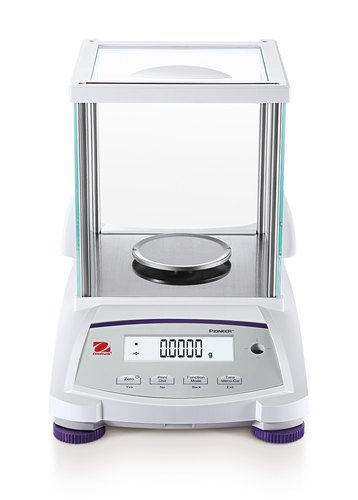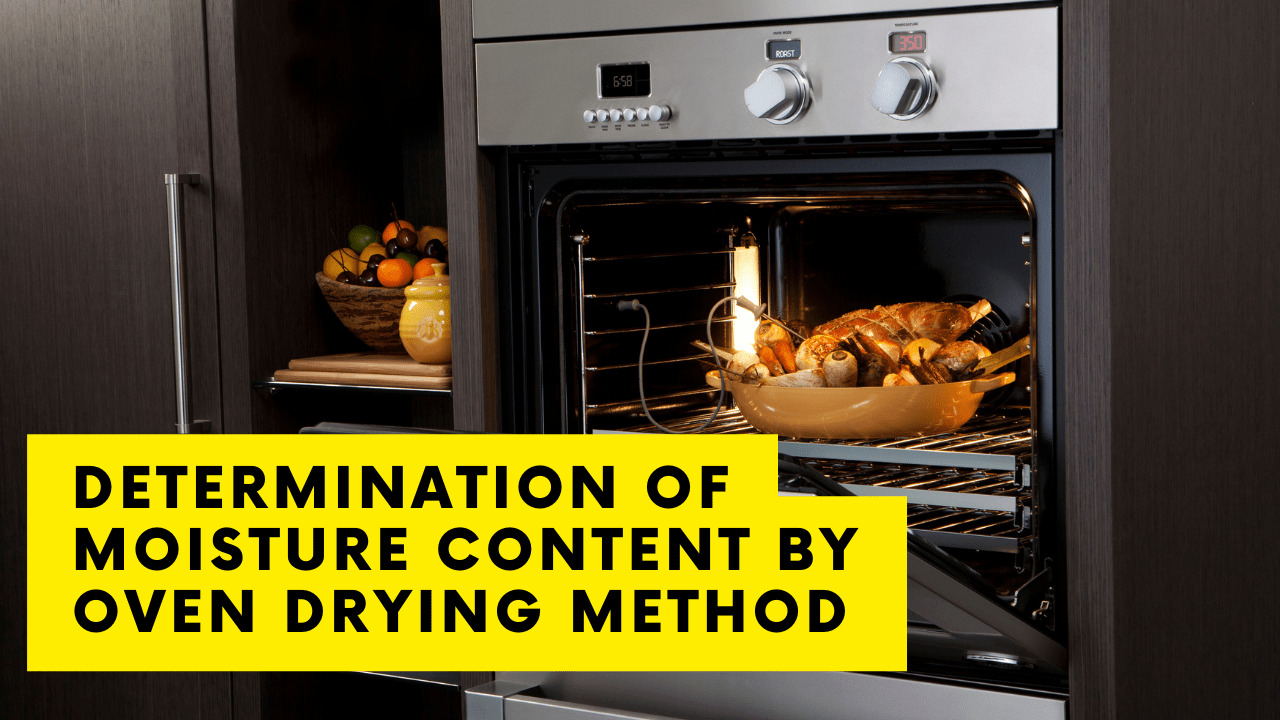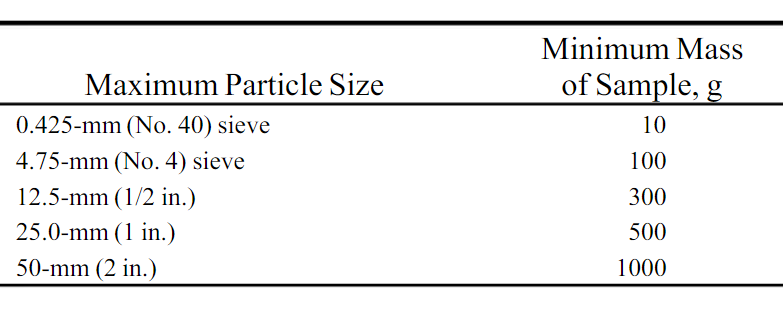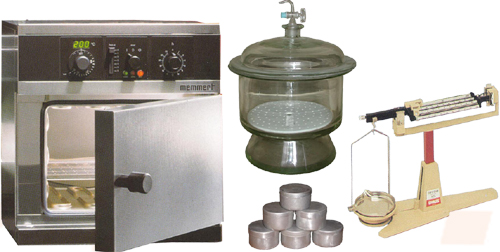Table of Contents
Standard Followed
ASTM D 2216-98 or AASHTO T 265-93
Objective
This test is performed on soil samples and entails the following objectives:
- To determine the water content using the oven-dry method of soils.
- This test aims to introduce basic concepts, procedures, and specifications that are used to find the moisture content of different samples of soil.
Relative Theory
The moisture content is one of the most common properties in characterizing the engineering behavior in soils. It is defined as the mass ratio of pore water to solids and generally expressed as a percentage that shows the amount of moisture content present in that soil sample.
The moisture content has a very strong influence on the mechanical behavior of the soil. The Oven dry method is widely used for the determination of water content. The loss of weight that happens due to drying results in the measurement of the moisture content of the sample.
The temperature at which the sample is oven-dried ranges from 110oC +- 5oC. The oven-dried mass is usually recorded after 12 to 24 hours.
Fig 1: Temperature of the oven
Why do we perform this experiment?
The water content of materials contains extraneous materials that may require special treatment for the removal of these substances. The oven-dry method helps to decompose some organic materials at a standard temperature of 110oC.
Water Content
It is defined as the ratio of the weight of water to the weight of solids present in the soil sample. It can be represented as w.
Where,
Ww = Weight of water content present in the sample
Ws = Weight of solid particles present in the sample
According to the standards, the minimum amount of soil sample can be taken for the test performance through this table.
Sample Requirements
The mass of soil for the test performance is taken according to the grading of the soil.
| Fine-grained soils | Not less than 30g |
| Medium-grained soils | Not less than 300g |
| Coarse-grained soils | Not less than 3 kg |
Apparatus
1)Drying Oven
It should be thermostatically controlled and can operate at the temperature of 110oC +- 5oC (230 +- 9oF).
2)Weighing Balance

3)Containers
They should be corrosion resistant with a close-fitted lid so that it could prevent loss of moisture before the initial weighing. One container is enough for each sample.
4)Desiccator
5)Tongs
Procedure
The procedure to determine the water content of the soil sample consists of the following steps.
- Clean and dry a container and also weigh it with its lid as W1.
- Place the moist soil sample in the container and again weigh it using balance as W2.
- After that, the sample is placed in a thermostatically drying oven that is maintained at a temperature of 110oC +- 5oC.
- A period of 16 to 24 hours is sufficient but it also varies with the type of soil. It can also get affected if the oven contains a large number of wet samples.
- After a sufficient period, remove the sample from the oven and place it in the desiccator for cooling the sample.
- After the cooling of the sample, again weigh the sample with the container and take it as W3.
Notes
- Although, drying of a sample overnight is sufficient but if there is any doubt so the drying of the sample should be continued until the mass after two successive periods of drying does not indicate any change in the mass.
- Soils that contain gypsum or other minerals which have a loose bond with water, moisture content for these types of soils can be obtained by drying them at the temperature of 600C.
- These dried samples of soil after determining the moisture content should not be used for any other tests.
Observations & Calculations
These are the observations that contain the initial and the final mass of test samples.
| No. of Samples | Weight of empty container (W1)
grams |
Weight of container + wet soil(W2)
grams |
Weight of container + dry soil(W2)
grams |
| Sample 1 | |||
| Sample 2 | |||
| Sample 3 |
Calculations
Moisture content = (weight of moisture / weight of dry soil) * 100%
Weight of moisture = (Weight of container + wet soil) – (Weight of container + dry soil)
= W2 – W3
Weight of dry soil = (Weight of container + dry soil)) – (Weight of empty container)
= W3 – W1
So, moisture content can be determined as:
Moisture content = [(W2 – W3) / (W3 – W1)] * 100
| No. of Samples | Weight of empty container (W1)
grams |
Weight of container + wet soil(W2)
grams |
Weight of container + dry soil(W2)
grams |
Moisture content
[(W2 – W3) / (W3 – W1)] * 100 |
| Sample 1 | ||||
| Sample 2 | ||||
| Sample 3 |
After calculating the moisture content of each sample, we also have to find the average value to get the accurate value of moisture content.
Results and Discussions
- It is one of the widely used methods for determining the moisture content.
- The weight loss due to vaporization of water is taken as the weight of moisture.
- This method is not suitable for thermally unstable compounds.
- This method is very simple and easy to understand.
- It also works at low cost.
- The accuracy of results can be affected by temperature, relative humidity, amount of sample, particle size, and variation of temperature in the oven.
- Water content of the sample should be nearest to 1% or 0.1%.
Precautionary Measures
- During the performance, heat resistant gloves should be used to prevent personal injury.
- Suitable tongs should be used to avoid any damage to the sample.
- Heat insulated pad should always be used.
- Place and remove the sample in the oven with great care.
- Note down each reading precisely.
- The Sample should be dried in stainless steel containers.









